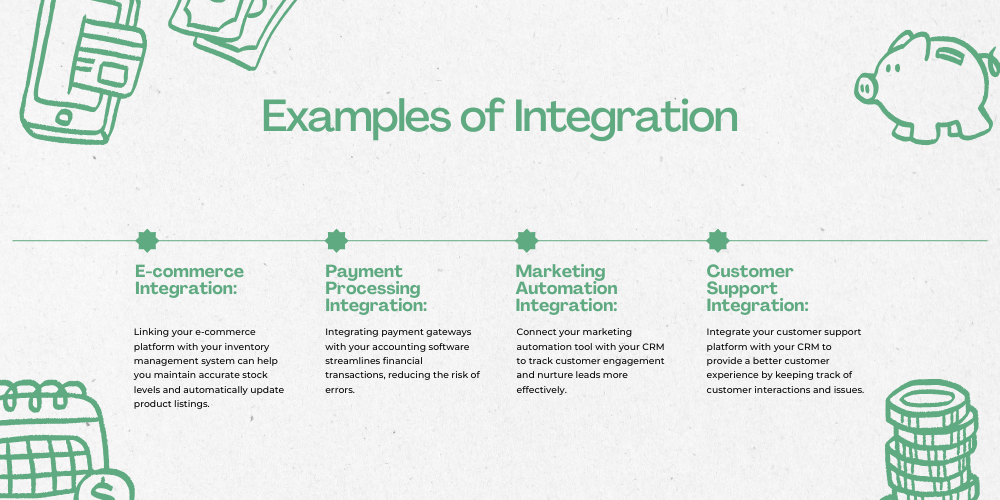
The Power of Integration: How It Streamlines Your Business Processes
Unlock efficiency and boost productivity with seamless integration. Learn how connecting systems streamlines processes, empowers teams, and ensures future-ready success.
In today's fast-paced business world, efficiency is the key to success. As organizations grow and adapt to the ever-changing landscape of technology and consumer demands, they often find themselves managing a multitude of software systems, data sources, and communication channels. This can lead to siloed data, inefficiencies, and a drain on resources. The solution? Integration.
Integration, the process of connecting various software applications and systems to function as a cohesive unit, has become a critical strategy for streamlining business processes. It is the glue that binds together the different facets of an organization, making data and workflows more accessible, efficient, and cost-effective. In this blog, we'll explore the power of integration and how it can transform your business operations.
The Silo Syndrome
In many businesses, different departments rely on their own specialized software and tools to perform their tasks. For example, sales teams use Customer Relationship Management (CRM) software, finance departments use accounting software, and marketing teams use email marketing platforms. The data generated in these individual silos often stays trapped within them, leading to a lack of communication and collaboration among departments. This siloed approach can hinder decision-making, slow down processes, and result in missed opportunities.

Breaking Down the Barriers
Integration bridges these gaps, creating a more holistic view of your business operations. It allows data to flow seamlessly between departments, giving all stakeholders access to up-to-date information. When your CRM system talks to your accounting software and your marketing automation platform, you can streamline various processes. For instance, sales teams can view the financial status of a customer before closing a deal, and marketing can tailor their campaigns based on real-time customer data.
Efficiency and Productivity
Integrating your systems and applications can significantly boost efficiency and productivity. Here's how:

Challenges of Integration
While integration offers numerous benefits, it is not without challenges. Security, compatibility, and the need for specialized technical expertise are common hurdles. However, these challenges can be addressed with careful planning and the right technology partners.
Examples of Integration
There are many ways integration can transform your business processes:

The Future of Integration
As technology continues to evolve, integration will play an even more significant role in streamlining business processes. The rise of cloud-based platforms and API ecosystems makes it easier than ever to connect different software solutions seamlessly. With the right integration strategy, your organization can stay ahead of the curve, improve efficiency, and remain competitive in the digital age.

In conclusion,
The power of integration is undeniable. It breaks down the silos that hinder efficiency and productivity, empowers your teams with real-time data, and positions your organization for future growth. If you haven't already, it's time to explore how integration can transform your business processes and help you stay ahead in the ever-changing world of business.
